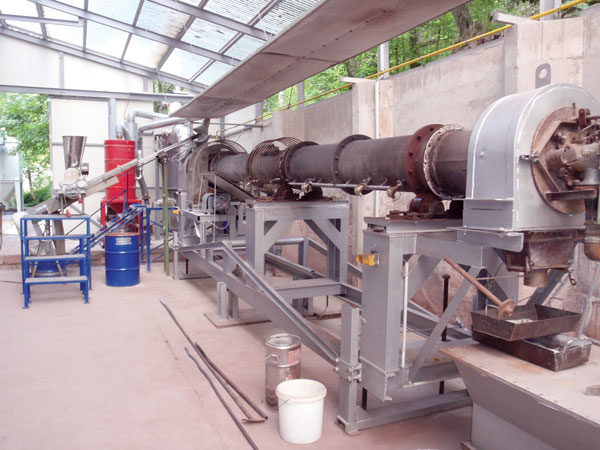Alternative binder advances
Due to increasing environmental regulations, cement producers are striving to replace even larger parts of the Portland cement with low-carbon alternative cementitious materials. Highly- to moderately-reactive cementitious materials such as slag, fly ash or partial inert fillers (limestone) are predominantly used as replacement constituents but their limited availability and the requirement to meet performance criteria restrict the use of these substitutes. However, the development of new alternative binders, such as HeidelbergCement’s BCT Technology, offers then further potential to cut CO2 emissions. By Dr Dirk Schmitt, Dr Mohsen Ben Haha, Frank Bullerjahn & Dr Wolfgang Dienemann, HeidelbergCement AG, Germany.

Figure 1: semi-industrial kiln used for the BCT trials at IBU-Tec, Weimar, Germany
W hile research efforts are increasingly focussed toward developing new alternative low-carbon binder concepts several solutions already exist: belite cements, magnesia-based binders, alkali-activated systems and geopolymers. Interesting and realistic options are the combination of calcium sulphoaluminate (CSA) technology with belite and ferrite.
While exploring possibilities within the latest concept, a research team at the HeidelbergCement Technology Center (HTC), the central R&D and technology unit of HeidelbergCement AG, discovered that ternesite – so far assumed to be almost inert – is actually a reactive clinker phase. Ternesite, in the latest described system, bridges the reactivity gap between the very fast-reacting aluminates and the late strength-contributing belite, forming the core of an innovative low-carbon clinker technology.

